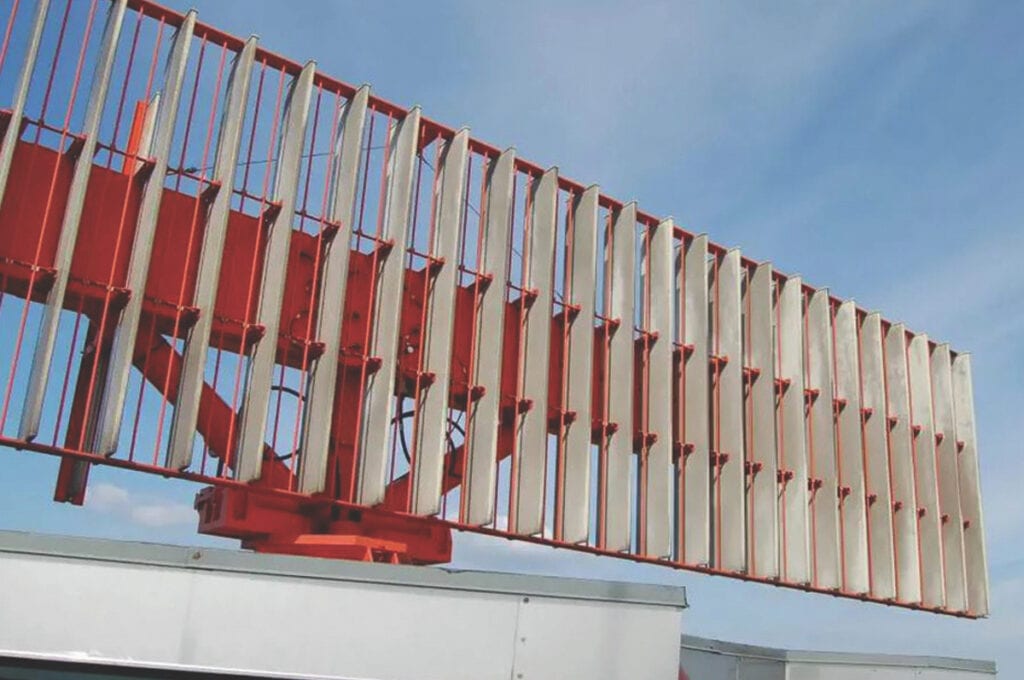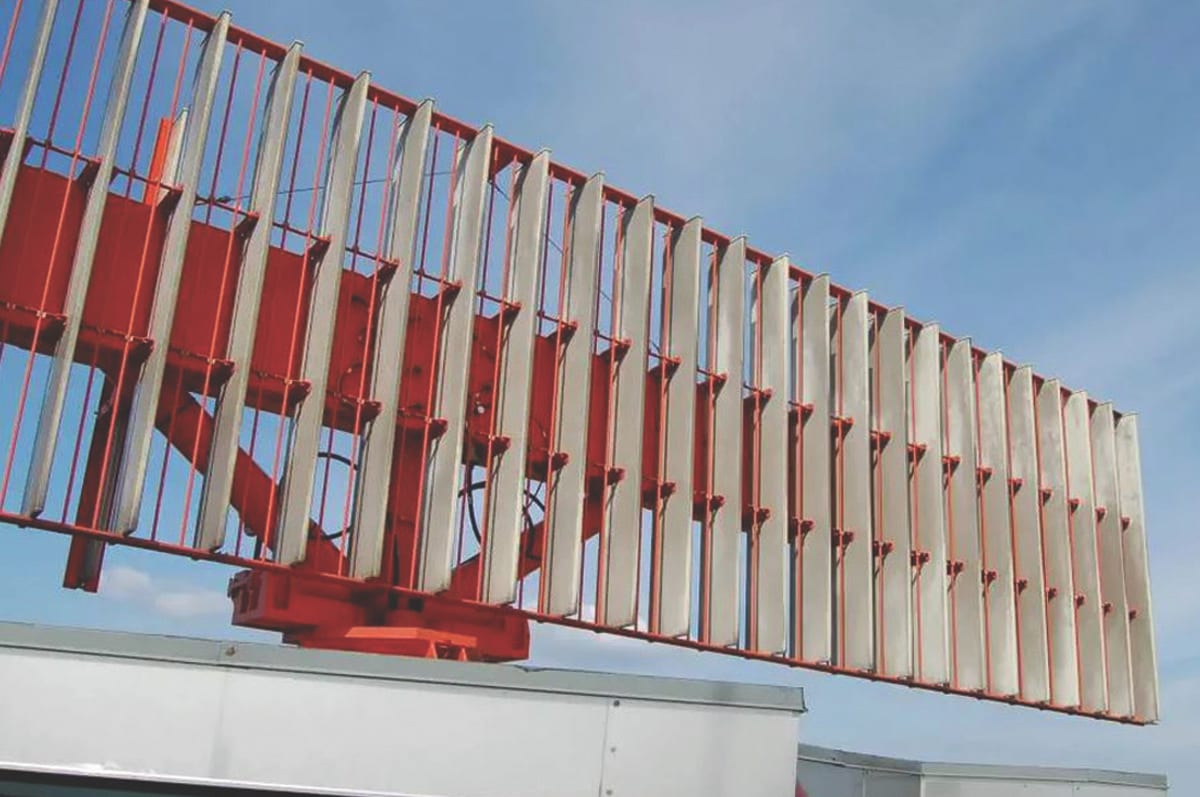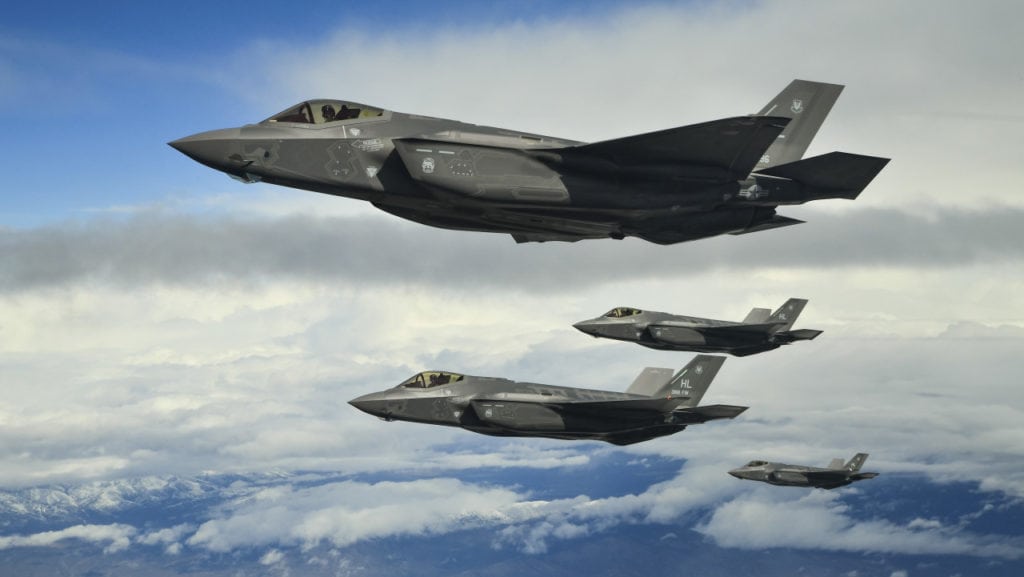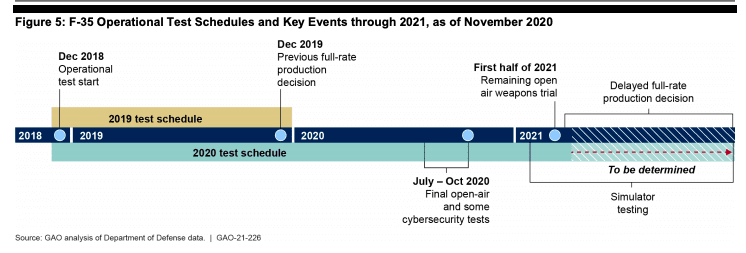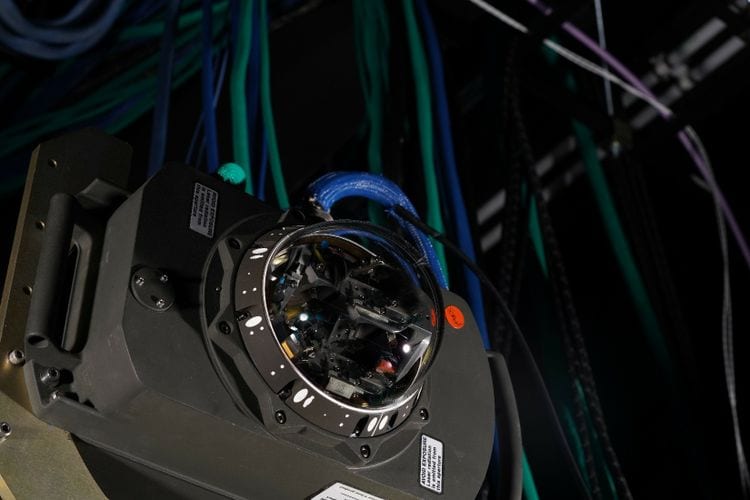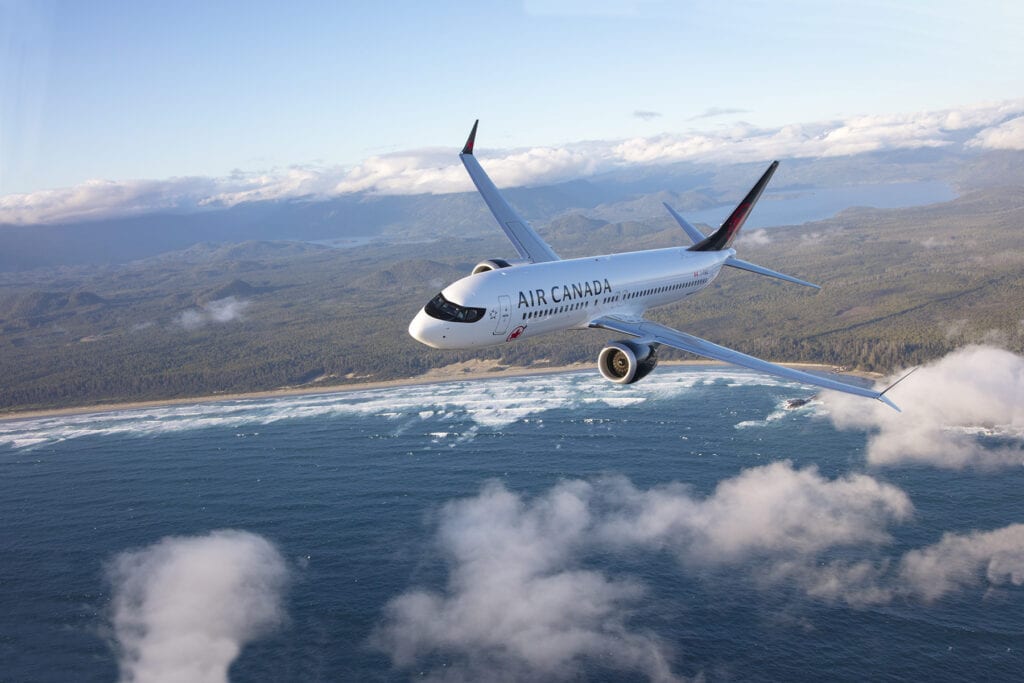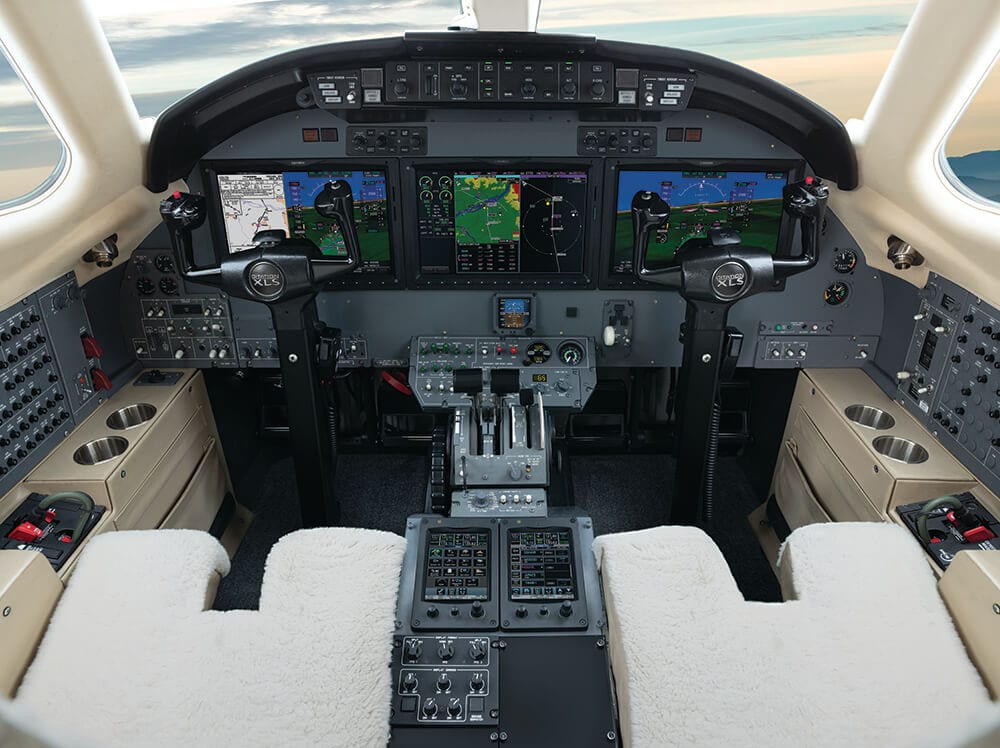
Check out the March 21 edition of What’s Trending in Aerospace, where editors and contributors for Avionics International bring you some of the latest headlines and updates happening across the global aerospace industry.
Commercial
Singapore Airlines Launches First Live Trials of IATA Travel Pass App

Singapore Airlines launched the first live trial of IATA’s new Travel Pass app last week. (IATA)
The International Air Transport Association (IATA) announced the arrival at London’s Heathrow Airport of the first traveler using the IATA Travel Pass app to manage their travel health credentials.
“The successful implementation of IATA Travel Pass in this trial with Singapore Airlines passengers demonstrates that technology can securely, conveniently and efficiently help travelers and governments to manage travel health credentials. The significance of this to re-starting international aviation cannot be overstated,” Alexandre de Juniac, IATA’s Director General and CEO, said in a press statement.
Passengers on Singapore Airlines flights to London during the trial could use IATA Travel Pass to:
- Create a secure digital version of their passport on their mobile device
- Input their flight details to learn of travel restrictions and requirements
- Receive verified test results and a confirmation that they meet all travel requirements
“Digital health credentials will be essential as borders reopen and travel restrictions get progressively lifted worldwide. The successful implementation of the IATA Travel Pass reflects Singapore Airlines’ goal of using secure digital solutions to verify health credentials, and support a safe and seamless travel experience for our customers,” JoAnn Tan, Acting Senior Vice President, Marketing Planning, Singapore Airlines, said of the new app.
Air Canada Sets New Net Zero Emissions Goals
Air Canada is committing to reducing 20 percent of greenhouse gas (GHG) emissions from flights and 30 percent of GHG emissions from ground operations by 2030 in order to get to net-zero GHG emissions by 2050, the air carrier announced in a March 15 press release.
To meet these goals Air Canada is targeting fleet and operations, innovation, sustainable aviation fuels (SAF) and clean energy, and carbon reductions and removals, according to the release.
Norwegian Air Shuttle Founder Launches Norse Atlantic Airways

Bjørn Tore Larsen is the CEO of the newly launched low cost international airline Norse Atlantic Airways.
Bjorn Kjos, founder of Norwegian Air Shuttle, is joining a team of investors to lead the launch of a new low-cost airline, Norse Atlantic Airways, that will initially operate flights between the U.S. and Europe starting in December.
In addition to Kjos, other former Norwegian Air Shuttle executive Bjorn Kise is part of the new leadership team, while Bjørn Tore Larsen will serve as CEO. Norse Atlantic Airways plans on using a fleet of Boeing 787 aircraft on U.S.-Europe flights, serving destinations such as New York, Los Angeles, Miami, London, Paris, and Oslo.
The company plans to expand the route network to include destinations in Asia as more Dreamliners enter the fleet.
“As the world reopens, the public needs an innovative, low-cost intercontinental airline with modern, more environmentally friendly- and fuel-efficient aircraft. We have industry knowledge and have secured modern Dreamliners at very good terms. Norse Atlantic Airways will offer people the opportunity to travel between continents at affordable fares,” Larsen said in a press statement.
IAero Group Provides Carbon Neutral Flights
IAero Group will make all of its commercial Part 121 air charter flights carbon neutral, according to a March 17 announcement.
“With iAero Airway’s growing fleet of Boeing 737 and 767 aircraft flying thousands of flight hours each year, we know we can make a positive impact by joining the fight to protect our climate,” iAero Group Chief Executive Officer, Robert Caputo, said in a press statement. “iAero Group’s environmental sustainability actions represent only one part of our overall sustainability strategy which will also focus on social and economic areas into the future. All of which will directly support our overall purpose of elevating people and places.”
They will also be working with partners to join carbon offset programs, according to the release.
Connectivity
OneWeb and SatixFy Sign Agreement to Develop new In-Flight Connectivity (IFC) Terminal

OneWeb is developing a new in-flight connectivity terminal with Satixfy UK. Pictured here is a computer generated mockup of what their future prototype IFC terminal will look like. (Satixfy UK)
OneWeb has signed an agreement with multi beam antenna and terminal design provider SatixFy UK to develop a new In-Flight Connectivity (IFC) terminal that will work over the OneWeb network as well as Geostationary (GEO) satellite networks.
SatixFy UK has formed a Joint Venture with Singapore Technology Engineering Ltd (ST Engineering), called JetTalk, to exclusively commercialize the IFC terminal for Commercial Aviation markets.
“OneWeb is creating IFC solutions which offer a significant increase in the whole passenger travelling experience. This agreement with SatixFy represents a major milestone for OneWeb Aviation, as we plot our path to facilitating onboard connectivity, globally, on commercial airliners and corporate jets, large and small,” Ben Griffin, VP Mobility at OneWeb said.
Global Eagle Achieves New STCs to Launch In-flight Connectivity on Turkish Airlines 737s
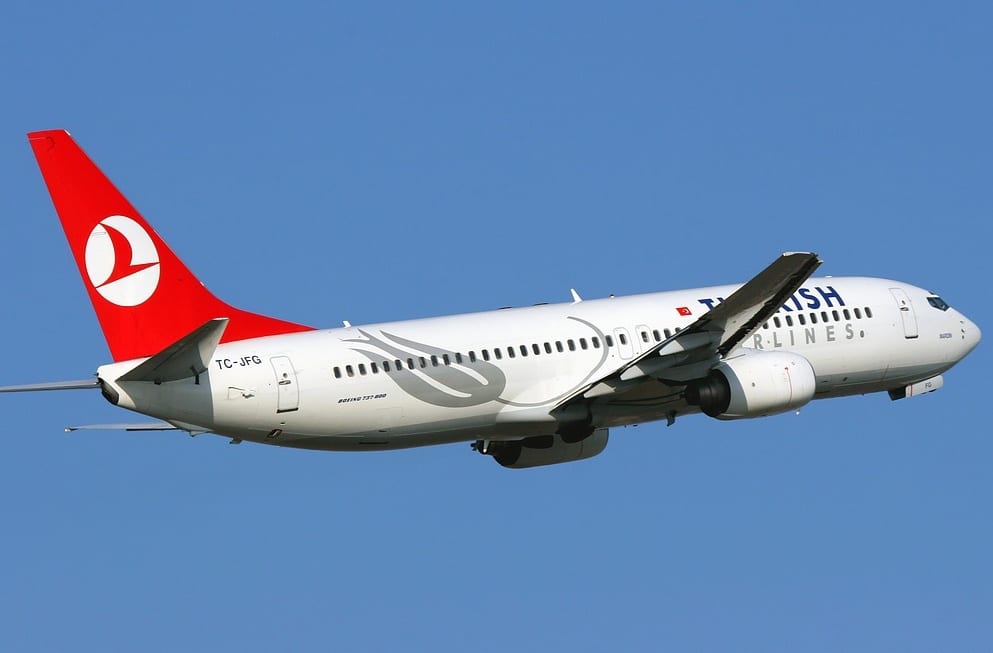
Global Eagle received two Supplemental Type Certificates (STC) for the installation of their Airconnect Global Ku in-flight connectivity (IFC) system onboard Boeing 737 aircraft, according to a March 17 press release.
In addition to the authorization to install Global Eagle’s core components, the STC also allows Global Eagle to install server and wireless access point components developed by Turkish Technic, showcasing Global Eagle’s ability to adapt to customer-preferred equipment.
Working with Turkish Technic, the second new STC will see the installation of Global Eagle’s Airconnect Global Ku satellite IFC solution on Turkish Airlines’ narrow body fleet and will offer IFC service on their short-haul international and domestic routes.
ThinKom Releases Variant of Aero Antenna for Special-Purpose Aircraft
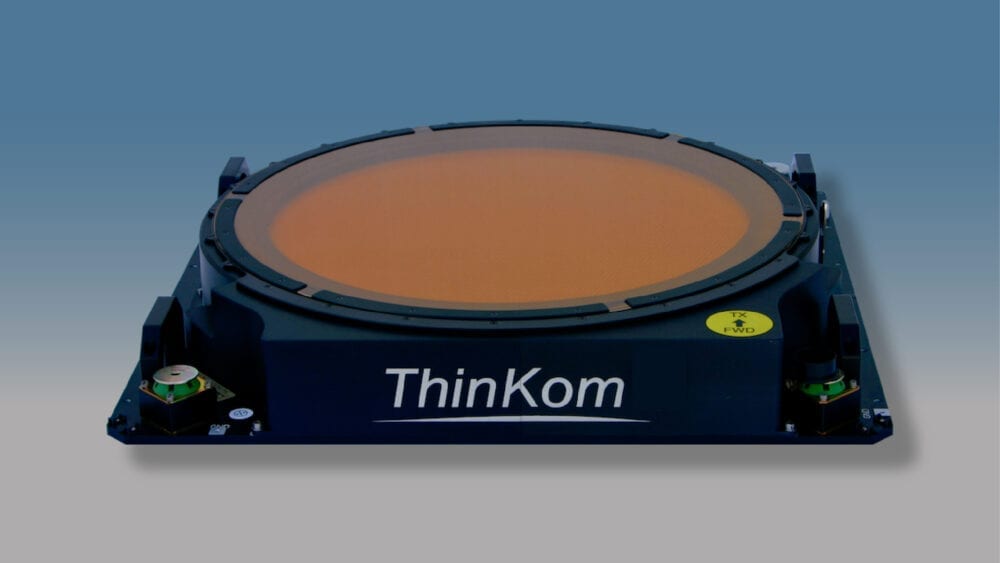
Low-profile ThinKom VICTS antenna with embedded control unit. (ThinKom)
ThinKom Solutions has developed a new variant of its VICTS aero satellite communication antenna that the company said will enable more flexible installation choices. ThinKom announced the product variant on Tuesday, which targets government and military Beyond-Line-of-Sight (BLOS) satellite communication markets.
VICTS is ThinKom’s patented phased array technology and stands for variable inclination continuous transverse stub. The new variant integrates the VICTS antenna, antenna control unit and power-supply electronics into a single low-profile small-footprint package. The company said this eliminates the need for a separate line-replaceable unit for the antenna control unit/power supply. The antenna measures less than 9 cm in total height.
Military
Slow Software Loading Process Delayed F-35 Updates
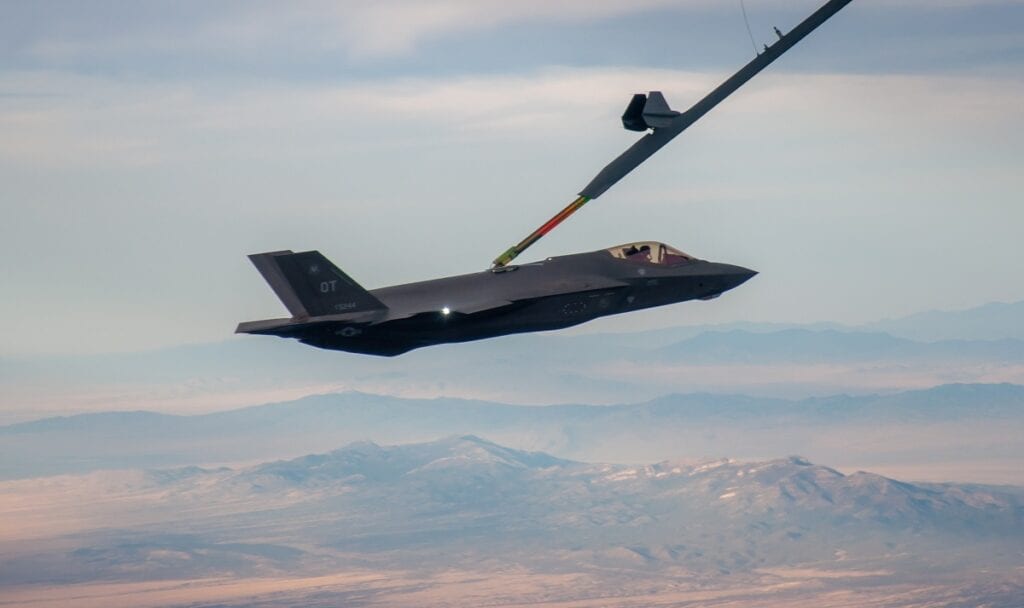
An F-35 from the 422nd Test and Evaluation Squadron refuels over the Nevada Test and Training Range on November 17th last year for Large Force Test Event 20.03. LFTE 20.03 is a premier joint operational test event hosted by the 53rd Wing that validates tactics in a combat relevant environment. (U.S. Air Force)
A slow software loading process for the Lockheed Martin F-35 delayed aircraft updates, but the latest software drop to be fielded this summer for the Combat Air Forces (CAF) has resolved that problem, a U.S. Air Force official said on March 18.
Under Continuous Capability Development and Delivery (C2D2), F-35s are expected to receive software updates every six months. C2D2 is divided into four six week quarters during which the U.S. Air Force 53rd Wing tests F-35 software tape updates. The 53rd Wing is the service’s primary operational test wing, which has about 50 units at 20 sites.
“We moved to C2D2 in Tape 3 for the F-35 back in the middle of 2019,” Air Force Lt. Col. Mike “Pako” Benitez, director of staff for the 53rd Wing, told a Mitchell Institute for Aerospace Studies’ Aerospace Nation forum on March 18 . “It proved the concept. Everyone decided this was what we needed to be doing. However, when we got into Tape 4, we ended up running into some process breakdowns. It really came down to a mentality.”
US Army Currently Negotiating Final Multi-Year Black Hawk, Apache Contracts

The Sikorsky UH-60M program gets a significant boost in the FY 2020 budget request. (Lockheed Martin)
The Army is in the process of negotiating its final multi-year contracts for the Black Hawk and Apache helicopters, as the service shifts its priority to the Future Vertical Lift (FVL) fleet, an official said Wednesday
Brig. Gen. Rob Barrie, the Program Executive Officer for Aviation, specifically said that maintaining readiness for the Army’s Apache, Black Hawk, Chinook and legacy unmanned and fixed-wing aircraft remains a priority for his office but at a tier below development of the Future Long Range Assault Aircraft (FLRAA) and Future Attack Reconnaissance Aircraft (FARA). The Sikorsky UH-60M program gets a significant boost in the FY 2020 budget request.
“From a priority perspective, undoubtedly, that is below what we’re doing with the Future Vertical Lift fleet. However, there is targeted and very specific modernization of those enduring fleet aircraft we have to balance against our development of the Future Vertical Lift fleet,” Barrie said.
The Army plans to begin fielding FLRAA in 2030 and FARA in 2028 to set the course for its future fleet, while the Sikorsky-built Black Hawk has been in service since 1979 and Boeing’s Apache since 1986.
Northrop’s Integrated Missile Warning System Approved by Army
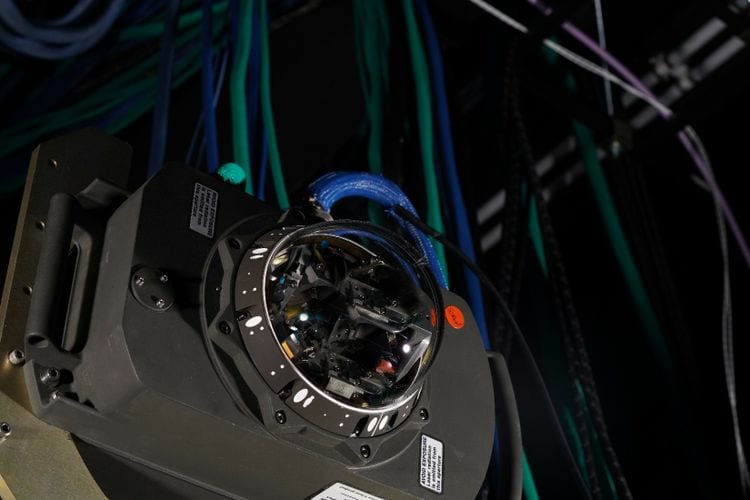
The CIRCM system will be used on rotary-wing, tilt-rotor, and small fixed-wing aircraft like the UH-60 Black Hawk, CH-47 Chinook, and the AH-64 Apache. (Northrop)
Northrop Grumman’s integrated missile warning system, Common Infrared Countermeasure (CIRCM), has been declared ready for full-rate production and operations by the Army, the company announced last week.
Northrop completed a six-month initial operational test and evaluation (IOT&E) activity before the classification was given from the Army.
“Through our partnership with the U.S. Army and our suppliers, we have already delivered over 100 production systems,” Bob Gough, vice president, navigation, targeting and survivability at Northrop Grumman, said in a press statement. “The successful completion of IOT&E confirms CIRCM’s readiness for full-rate production.”
The CIRCM system will be used on rotary-wing, tilt-rotor, and small fixed-wing aircraft like the UH-60 Black Hawk, CH-47 Chinook, and the AH-64 Apache, Gough said.
Embedded
New SOSA Aligned VPX Chassis Manager

The WABGM0 is aligned with SOSA standards and offers commercial off-the-shelf availability, according to the release. It can be plugged directly into a backplane or 3U or 6U OpenVPX carrier. (Annapolis Micro Systems)
Annapolis Micro Systems announced a new VITA 46.11-aligned WILD VPX Chassis Manager (WABGM0) that enables critical chassis control, maintenance, and security functions, according to a March 15 press release.
The WABGM0 is aligned with SOSA standards and offers commercial off-the-shelf availability, according to the release. It can be plugged directly into a backplane or 3U or 6U OpenVPX carrier.
“This is a highly-integrated module supporting many functions,” Jay Grandin, Annapolis Micro Systems VP of product development, said in a statement. “It provides access to plug in card (PIC) JTAG and Maintenance ports, CLK1 usage via on-board Zynq FPGA, network functions, and some optional advanced security functions.”
Space
NASA’s Mars Rover Uses Cobham Pyrotechnic Valves

NASA’s latest Mars rover, Perseverance, landed on Mars on Thursday at 3:55 EST after a 203-day journey traveling over 293 million miles.
NASA’s Perseverance Rover used Cobham Mission Systems space pyrotechnic valves during its recent Mars landing, the company announced in March 16 press release.
The valves were used during the landing to control the rover’s descent. The eight pyrovalves were used when the rover shifted from parachute to retrorockets, according to the release.
“Cobham Mission Systems is so proud to support NASA’s Jet Propulsion Laboratory with proven space propulsion solutions that power Mars exploration,” Craig Ryan, integrated product team director for Space Systems at Cobham Mission Systems, said in a statement. “We have a long heritage of providing space technologies, starting with the design of John Glenn’s breathing regulator used in the world-famous Project Mercury flight in 1962. Nearly sixty years later, we are delighted to play a role in the successful Perseverance rover Mars landing. Congratulations to the NASA JPL team and all involved!”
Inmarsat to Develop In-Orbit Telemetry Relay Service for the UK Space Agency
Inmarsat has won a new deal with the UK Space Agency, a National Space Innovation Program (NSIP) contract to develop an in-orbit telemetry relay service for rockets called InRange. The contract announced, announced Friday, is valued at 258,000 pounds ($359,785) with matched funding from industry, taking the project total to 422,096 pounds ($588,619).
Inmarsat’s InRange service aims to reduce the dependency of space launch providers on traditional, expensive ground-based monitoring systems infrastructure for their rockets and will provide a more cost-effective, flexible solution, available globally via Inmarsat’s geostationary L-band network. Inmarsat is working with Japan’s Mitsubishi Heavy Industries (MHI) to ensure the InRange service develops to meet the challenging environmental conditions experienced by launch vehicles.
Unmanned
APS Receives BVLOS Waiver with Help from Iris Automation
Aerial Production Services (APS) received an expedited beyond line of sight (BVLOS) waiver from the Federal Aviation Administration (FAA) after enlisting help from Iris Automation, according to a March 17 release. The process was shortened by six months.
“While we had the foundational knowledge of how to obtain the BVLOS waiver, we lacked the expertise to properly convey our operation to the FAA,” Dave Sotiros, CEO of APS, said in a statement. “With Iris Automation’s support and knowledge of BVLOS, they took the time to understand our goals and helped us identify areas of improvement and potential gaps in our processes. This guidance allowed us to aggressively pursue the BVLOS waiver and implement a BVLOS program that mirrors the focus of APS’s principles: Safer, Faster, Better.”
The waiver allows APS to conduct point-to-point pipeline inspections using visual observers and a DJI Matrice aircraft, according to the release.
“Accelerating the timeline and reducing the complexity of the waiver process provides a critical business advantage for service providers like APS, allowing them to scale their operations while actually reducing costs and maintaining the highest level of safety,” Trever Linn, Director of Airspace Integration at Iris Automation, said in a statement. “As critical detect and avoid (DAA) technology, standards, and regulations evolve we’ll see true implementation of advanced un-piloted operations that will use waivers like this to inform equipment, training, and operational requirements within a new regulatory framework. The business opportunity to be an early adopter of this capability is immense, and the RRC provides a framework to do so.”
SKYTRAC Breaks into Drone Market
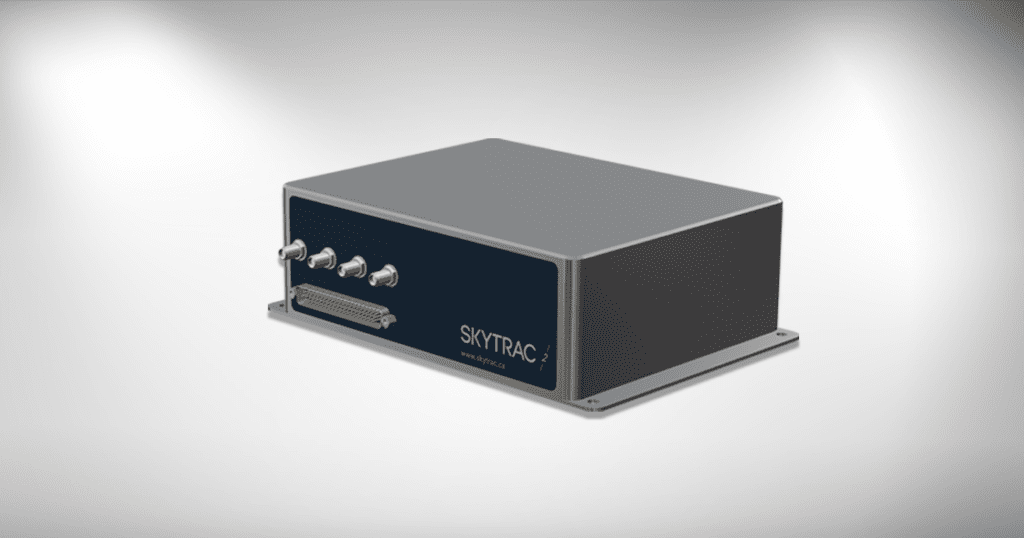
SKYTRAC is launching the Integrated Mission System 350 (IMS-350) terminal which features the Iridium Certus 9810 modem for the unmanned aviation segment, the company announced in a March 16 press release.
SKYTRAC’s system will provide drones with pole-to-pole communications for beyond visual line of sight (BVLOS) operations, command and control (C2) applications, payload health monitoring, live video streaming, data transmission, and AI-enabled sensor fusion, according to the release.
“With the launch of the IMS-350, SKYTRAC now provides intelligent connectivity solutions to the manned and unmanned aviation markets,” Jan van der Heul, SKYTRAC Vice President of Sales, said in a press statement.“The IMS-350, which leverages Iridium Certus, is an innovative, powerful, and future-proof solution that fits directly into SKYTRAC’s Iridium Certus product portfolio, complementing our many other applications and capabilities.”
The system will provide 352 kbps uplink and 704 kbps downlink broadband speeds with latency under 500 milliseconds through a low earth orbit satellite connection, according to the release.
Air Taxi
EHang Partners with Giancarlo Zema to Build Vertiport in Italy

With their new “Baobab vertiport” concept, EHang and Italian architecture firm Giancarlo Zema Design Group (GZDG) aim to enter the emerging global eco-tourism sector, with multiple projects being planned in Europe and Southeast Asia. (EHang)
EHang has signed a new partnership with Italian architecture firm Giancarlo Zema Design Group (GZDG) to design and build an “eco-sustainable vertiport” in Italy, the Chinese autonomous aerial vehicle (AAV) maker said in a March 16 press release.
The vertiport will use green design and construction materials, and can generate energy to re-charge EHang’s EH216 passenger-grade AAVs.
Inspired by the native African tree Baobab, GZDG developed a natural Baobab design: a 30-meter-high tower, with a steel and laminated wood structure, a waiting room, a café, a 200-square-meter panoramic restaurant and connecting lift.
The take off-and-landing platform will be set on the roof terrace. The vertiport is built with non-slip photovoltaic panels that can generate over 300 KW of electric power per day.
The post What’s Trending in Aerospace – March 21, 2021 appeared first on Aviation Today.
Check FastApn access for commercial satcoms at Fastapn
Flytlink – Avionics, Satcom’s and IFE Consultants












